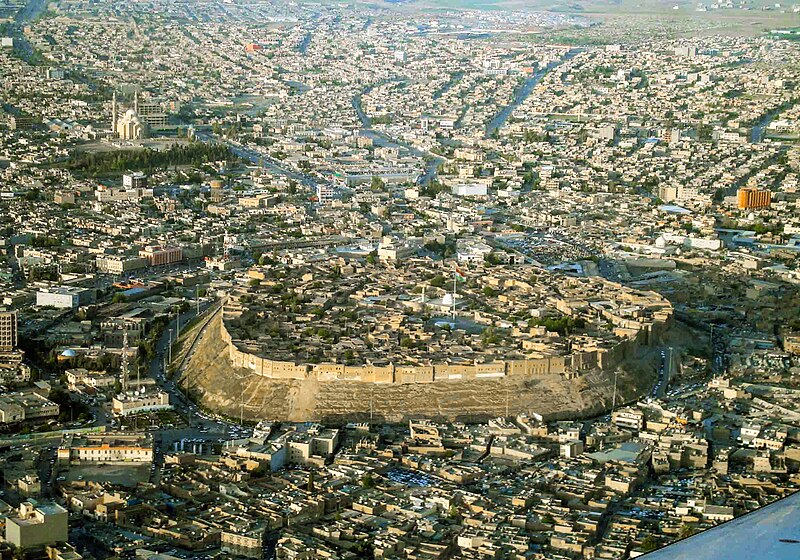Syria (Hasaka) - The archaeological site of Tel Ghweran is located on the road from Deir Ezzor to the center of Hasaka city, nestled on the bank of Khabur River south of the city.
Excavations indicate that the site was settled during the late Uruk period, prospering during the second half of third millennium BC and reaching the peak of its splendor during the Ayyubid period in the 12th and 13th centuries AD.
The site, which is 80 meters long, 60 meters wide and 11 meters high, was studied for the first time by a German expedition which was surveying the hills on the banks of Khabur River. The expedition found pottery fragments that indicated that the site dates back to the late Stone Age and the Bronze Age.






















